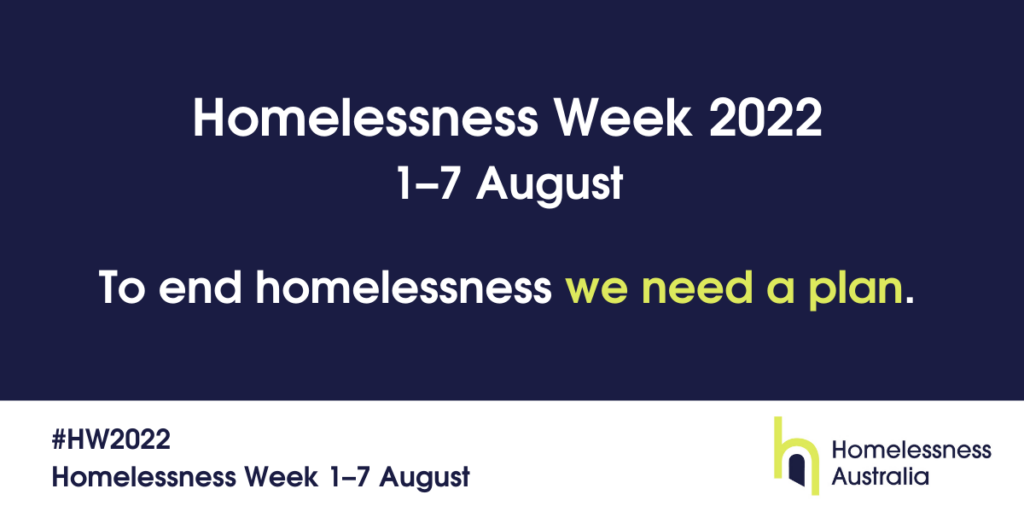This blog has been prepared by the National Association for Prevention of Child Abuse and Neglect (NAPCAN) for National Homelessness Week (1-7 August). Also watch our short 30-second clip about what children say about homelessness.
For children, housing is about even more than a home
To treat all of Australia’s children fairly, we need to make sure that every neighbourhood in the country has safe and stable housing for everyone.
We can all agree that housing is about so much more than ‘having a roof over your head’; it is about having a home.
Furthermore, evidence shows us that for children, housing is about even more than having a home.
Housing is part of the ecosystem that shapes children’s health and future lives, and their relationships with the adults around them.
For all of us, our house (or lack of) can impact our health in many direct and indirect ways – some obvious and some not-so-obvious.
For instance, being homeless poses clear risks to physical health and safety. Overcrowding often means interrupted sleep and a lack of privacy. Poorly maintained houses can cause respiratory conditions from mould and other toxins. Poorly located housing can make it difficult (or impossible) to access services, schools, jobs and transport. Being forced to move frequently can make it difficult to make friends and feel like we belong to a community. Overall, housing stress means less money for every single other thing that we need to live healthy lives.
And for children – whose bodies and brains are still growing – these impacts can be even more far-reaching and long-lasting.
Minor, everyday stresses are a healthy part of child development, but major stressors can have a long-term effect on children’s brain development and physical health. Adversity that lasts over long periods of time – such as that associated with housing – can send the body’s stress systems into permanent high alert, flooding the body’s organs and brain with stress hormones. This ‘toxic stress’ response can derail healthy development and has been linked to future health problems like depression, heart disease and diabetes.
When we address the toxic effects of housing stress, we help children to get a strong foundation for life.
Further, when we reduce burdens on parents – by reducing the costs of housing – they have more capacity to provide the nurturing relationships that are so important and that can actually help buffer children from toxic stress.
Government policies can reduce the heaviest loads from weighing families down, by addressing poverty, housing affordability, and domestic and family violence (which is the leading cause of homelessness for women and children).
If we want healthy, vibrant and prosperous communities, we need to invest in stable homes for families and support all children now.




